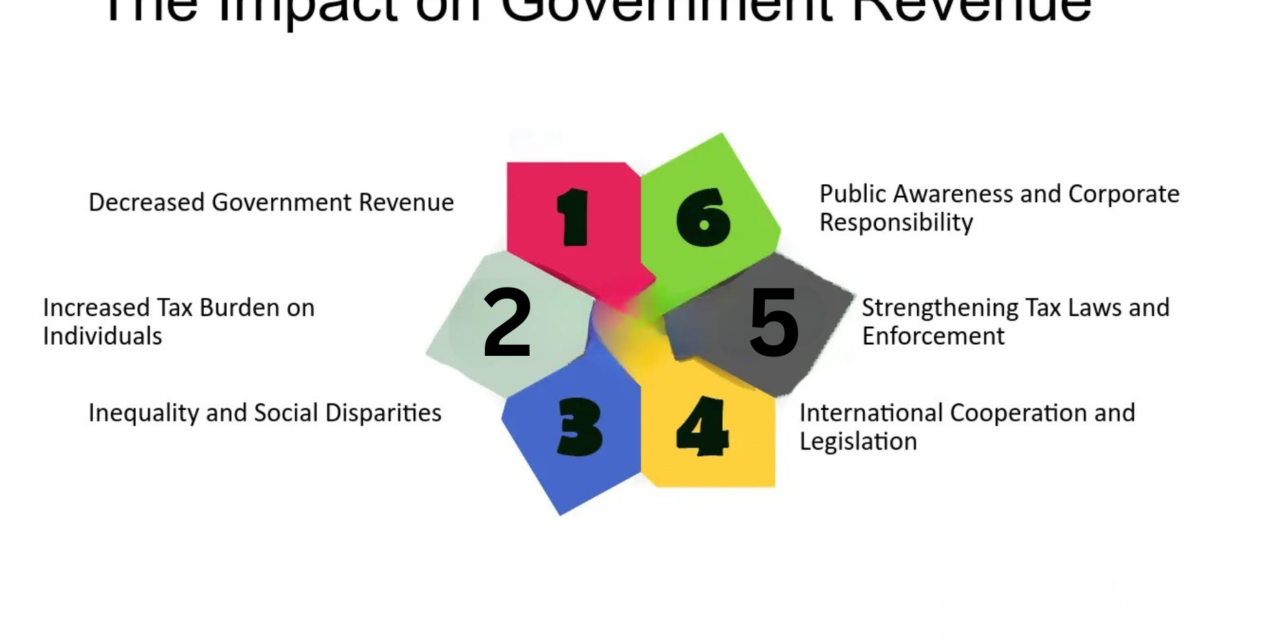The leather industry significantly impacts government revenues through various taxation mechanisms:
- Direct Taxes:
- Corporate Income Tax: Leather manufacturing companies pay corporate income tax on their profits, contributing directly to government revenue.
- Individual Income Tax: Employees working in the leather industry pay income tax on their earnings, further adding to government revenue.
- Indirect Taxes:
- Goods and Services Tax (GST): The leather industry is subject to GST on the sale of raw materials, finished products, and services. This generates substantial revenue for the government.
- Customs Duty: Import of raw materials and machinery used in leather production attracts customs duty, contributing to government revenue.
- Excise Duty: While no longer applicable in India, excise duty was previously levied on the production of certain leather goods, contributing to government revenue.
- Other Taxes:
- Property Tax: Leather manufacturing units pay property tax on their land and buildings, contributing to local government revenue.
- Environmental Taxes: Some states levy environmental taxes on industries, including leather manufacturing, to offset the environmental impact of their operations.
By contributing to various tax streams, the leather industry plays a crucial role in supporting government finances and funding public services.







